Startseite » About us » Our history
Our history–
an overview
Family-owned for over 170 years - with tradition, experience and a clear view of the future.Here, you can gain an overview of our eventful corporate history.
1856
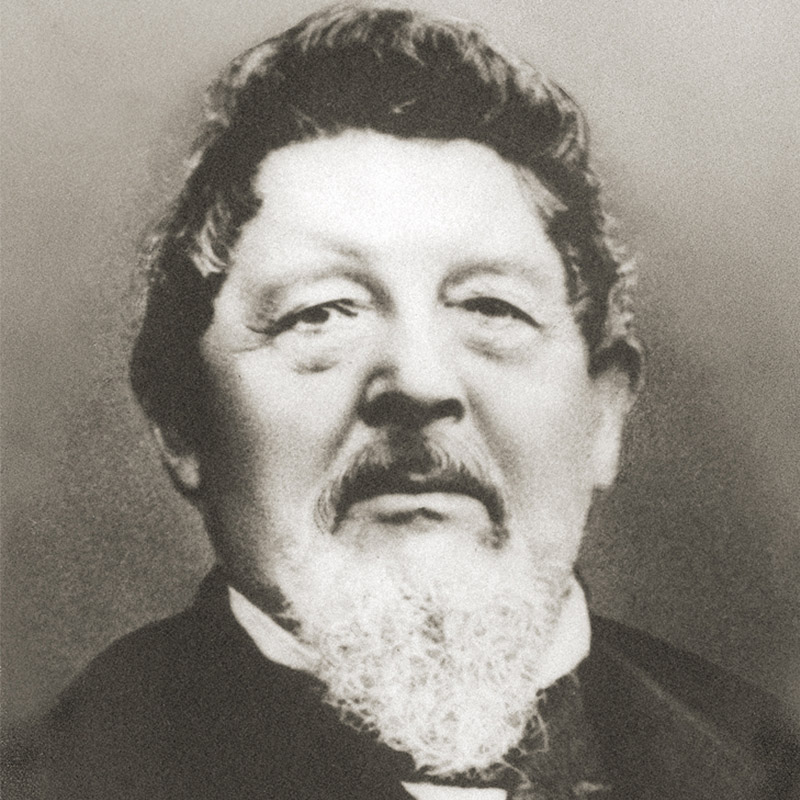
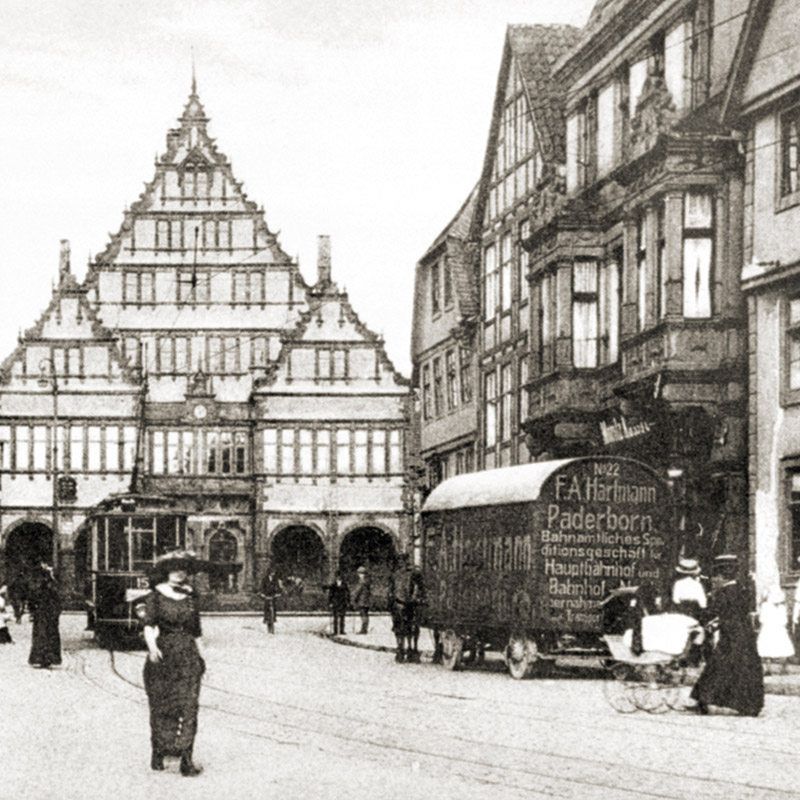
Foundation of F. A. Hartmann
It was Franz Anton Hartmann who founded the company in 1856. His father, Josef Hartmann, had already started transporting goods for the Paderborn merchants in the first half of the 19th century in his role as Höker. The tradition of the transport sector began with him.
Turn of the century in the heart of Paderborn
For more than 100 years, until 1960, the company headquarters were located directly on Paderborn's Marienplatz, and the radius of action quickly expanded beyond the East Westphalian region, which was followed by the first trips to the Leipzig trade fair and transportation for the Paderborn merchants.
1875
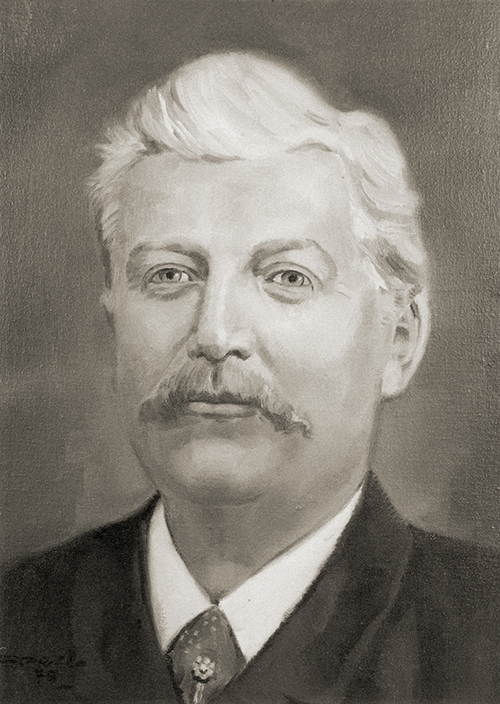
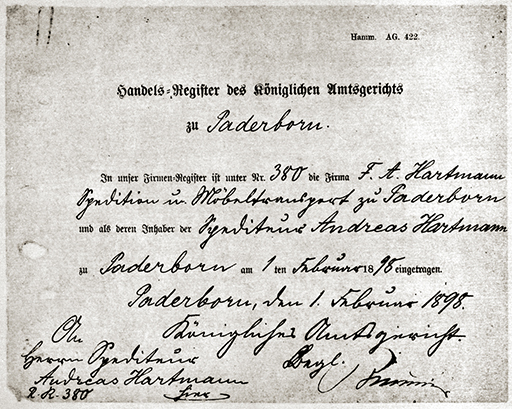
Andreas Hartmann Senior takes over
After Franz Anton Hartmann laid the foundation stone for the company in 1856, his son Andreas Hartmann Senior took over his father's business in 1875. Around 1890, he bought a plot of land in the heart of Paderborn and replaced the half-timbered house there with a new building. From then on, the company's home was Marienplatz 7.
Royal District Court
On February 1, 1898, “F.A. Hartmann Spedition und Möbeltransport zu Paderborn” was recorded in the commercial register of the royal district court in Paderborn. The signature of Andreas Hartmann can be seen at the bottom left of the document.
1914
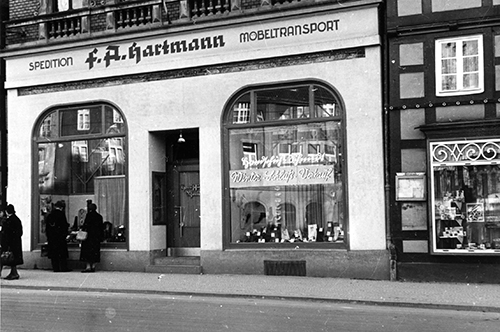
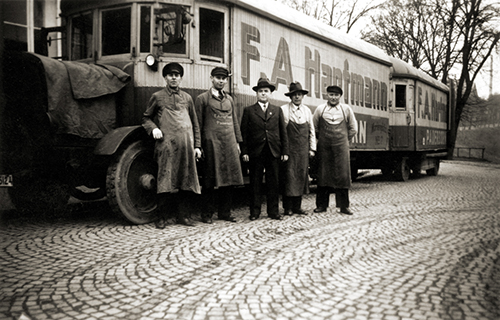
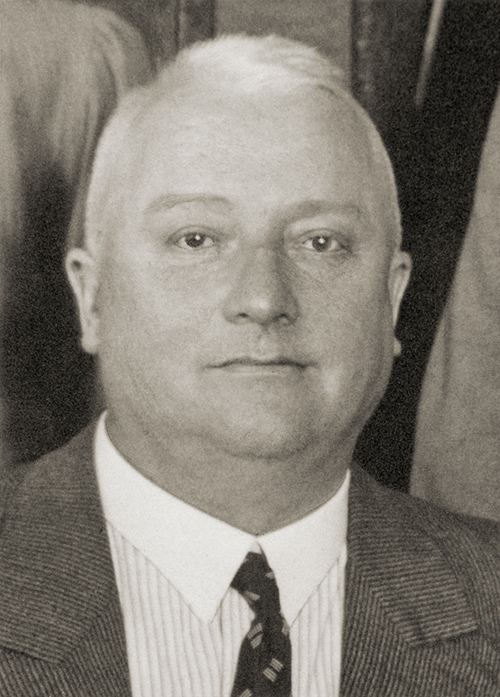
The third Hartmann generation
Carl Hartmann continues the business of his father Andreas Hartmann.
The first truck
Carl Hartmann buys the first furniture train worth 50,000 Reichsmarks. The moving families initially rode in the passenger cabin, as only a few had their own car. The photo from 1924 shows a satisfied moving customer surrounded by the Hartmann team.
The Büssing furniture truck
The Büssing furniture truck had a trailer, solid rubber tires and a passenger cabin.
1914 – 1945
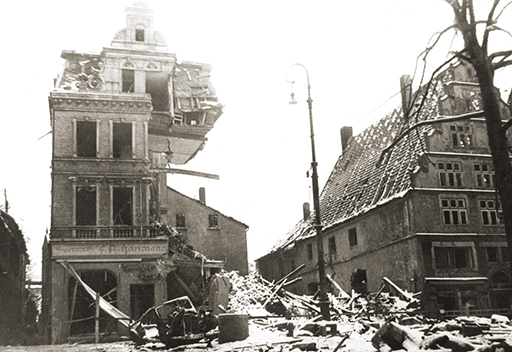
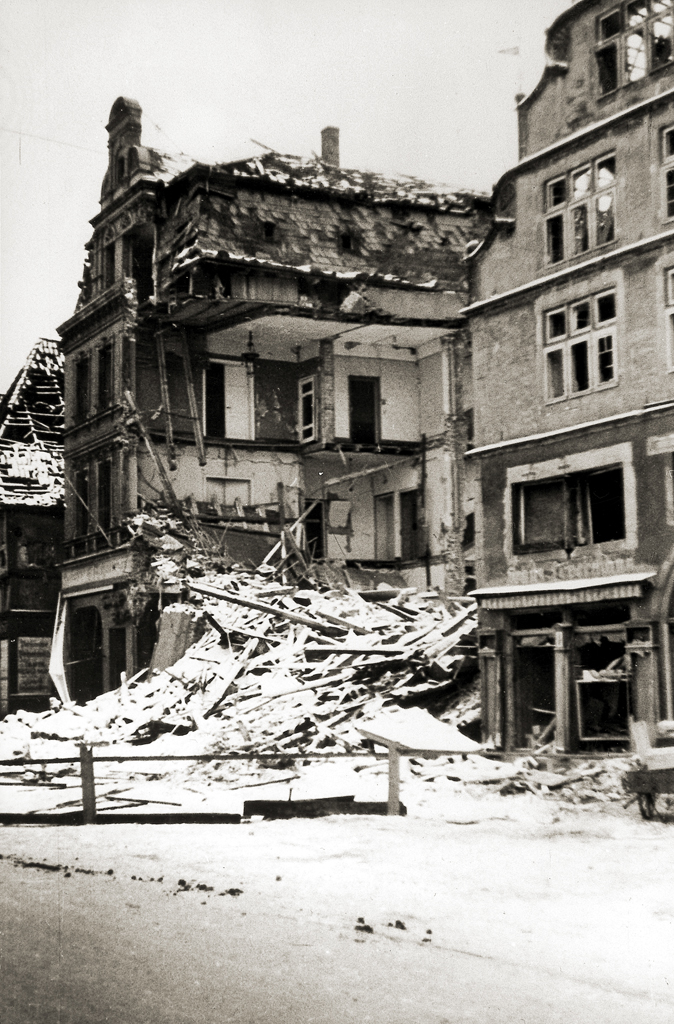

Two world wars shake up the F.A. Hartmann
Shortly after Carl Hartmann took over the company in 1914, four years of uncertainty followed due to the First World War. However, this would not be the last war in the history of F.A. Hartmann. At the end of the Second World War, on January 17, 1945, the company headquarters at Marienplatz was also hit. The buildings and vehicle fleet were reduced to rubble, and even the horse-drawn carriages did not survive the bombing.
“Everything was destroyed by the bombings of the Second World War. Our truck was requisitioned by the Wehrmacht, and everything else, such as the horse-drawn wagons and the horses themselves, didn’t survive the bombings. There was nothing left of the company. Paderborn was 85% destroyed. Things started to pick up again in 1948/49, but very, very slowly. At that time, the company’s main line of business was moving services. Until the end of the war, many people were evacuated from the Ruhr area to Paderborn, as the hardship there was even greater. From 1949 onwards, people began moving back to their hometowns. During this time, our moving business expanded.”
—Rolf Hartmann in an interview from 2016
1949
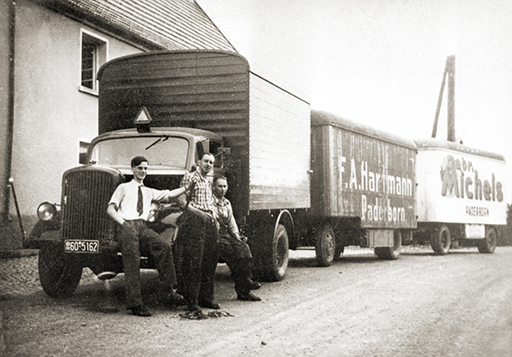
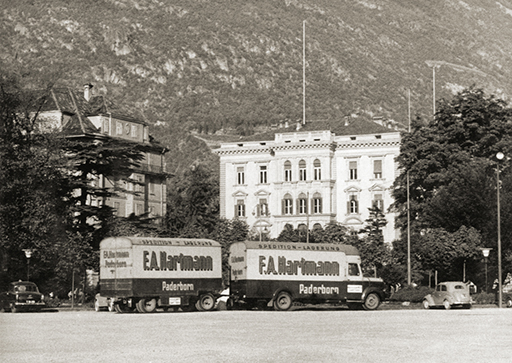
Reconstruction after the Second World War
After the end of the war, the longest era in the company's history to date began when Rolf Hartmann joined the company in 1949. With just two horse-drawn vehicles, one truck and six employees, Rolf Hartmann began a company period that lasted around 50 years under his leadership. As early as the mid-1950s, Rolf Hartmann crossed the Alps twice in 14 days to transport goods from Paderborn to Rome, e.g. for the motherhouse of the Sisters of Christian Charity.
1961
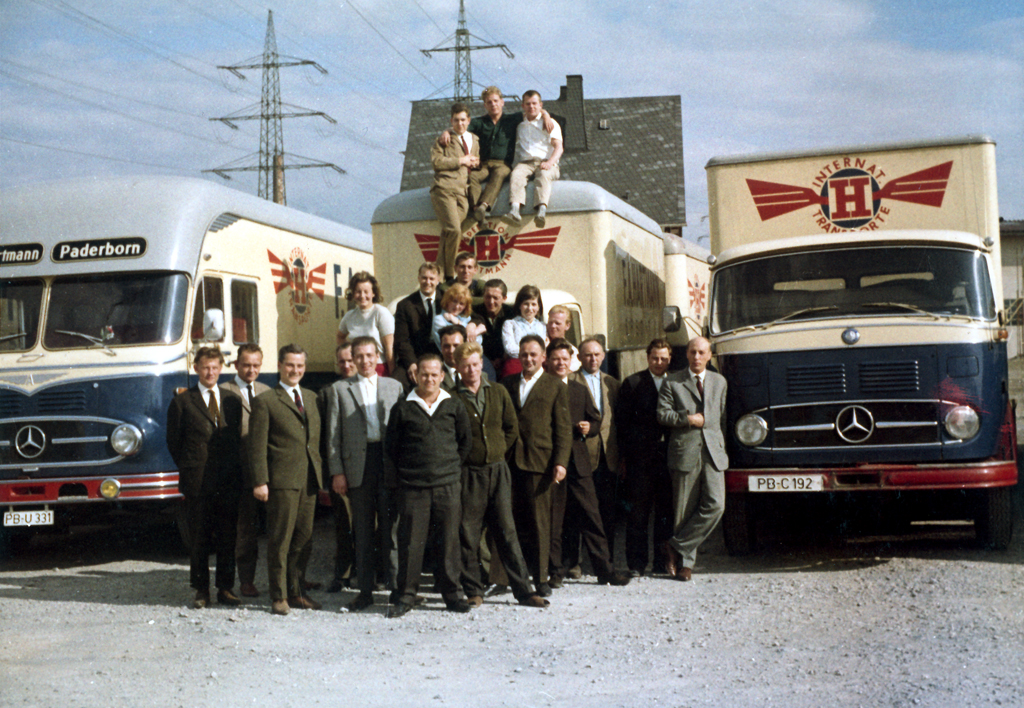
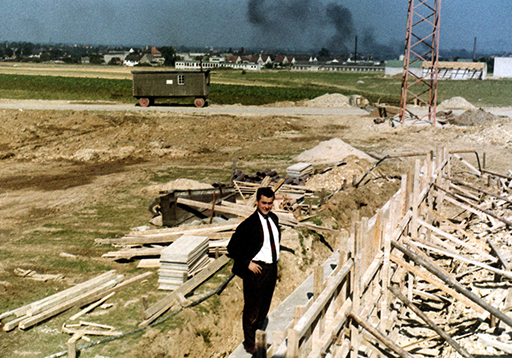
The location in Kolberger Straße
F.A. Hartmann continued to operate dynamically on Marienplatz. However, due to its growth and strong development, the site became too small at the beginning of the 1960s and something new was needed.Daraufhin entschied sich Rolf Hartmann dazu, den Firmensitz der F.A. Hartmann in die Kolberger Straße zu verlagern. Sie brauchten eine größere Fläche und sicherten sich für die Bebauung von 12.000 Quadratmetern ein Grundstück in der Kolberger Straße.
1991
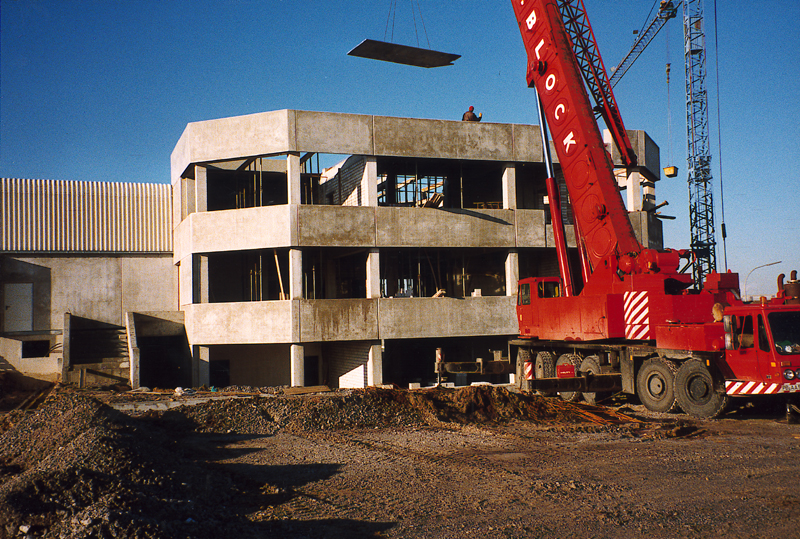
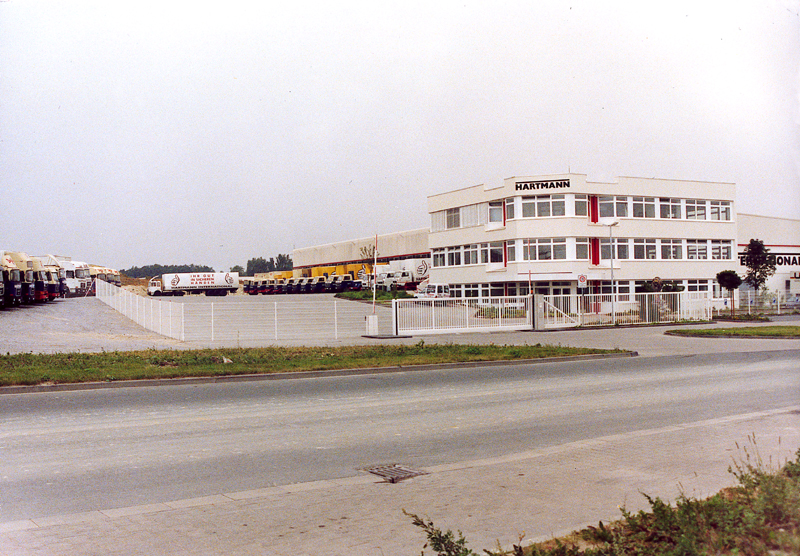
60,000 square meters in Halberstädter Strasse
Rolf Hartmann continued to pull the strings of the company, but after 30 years, the facilities on Kolberger Straße had also become too small. In 1991, Rolf Hartmann finally found what he was looking for: 60,000 square meters on Halberstädter Straße were to become the company’s new home. Rolf Hartmanns wife Christa contributed to the artistic design of the new office wing.
Today, the site is still home to administration, logistics and our relocation division.
2000
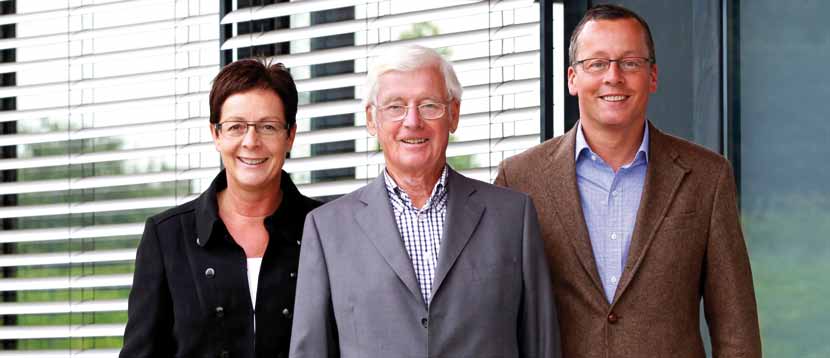
The fifth generation
In the early 1990s, alongside Rolf Hartmann, the fifth generation—comprising Andreas, Susanne, and Sabine Hartmann—also became active in the company.
By the early 2000s, the time had come for the transition to the fifth generation of the Hartmann family. Rolf Hartmann handed over responsibility for the company to his children Andreas and Sabine. Andreas Hartmann took charge of the freight forwarding and logistics divisions, while his sister Sabine Hartmann assumed responsibility for international relocations.
At that time, the company employed 100 people, including 15 apprentices.
2008
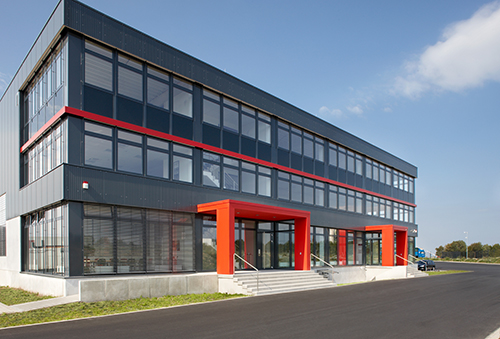
Construction of the freight forwarding building (Terminal 2)
After the move to Halberstädter Straße, the first expansions such as the construction of the high-bay warehouse, a container hall for the removals division and a further 3,000 m² logistics hall were built just a few years later and subsequently expanded by 2,500 m².
After less than 20 years, the capacities at Halberstädter Straße were already exhausted. Structural changes were necessary, especially for the growing general cargo business, in order to be able to handle the volumes quickly and efficiently. For this reason, a state-of-the-art freight forwarding terminal was built in 2008 on a greenfield site on Pamplonastrasse, just 800 m from the logistics and administration building. A 5,000 square meter transshipment warehouse called Terminal 2 (T2 for short) was built with spacious office and outdoor areas.
2010
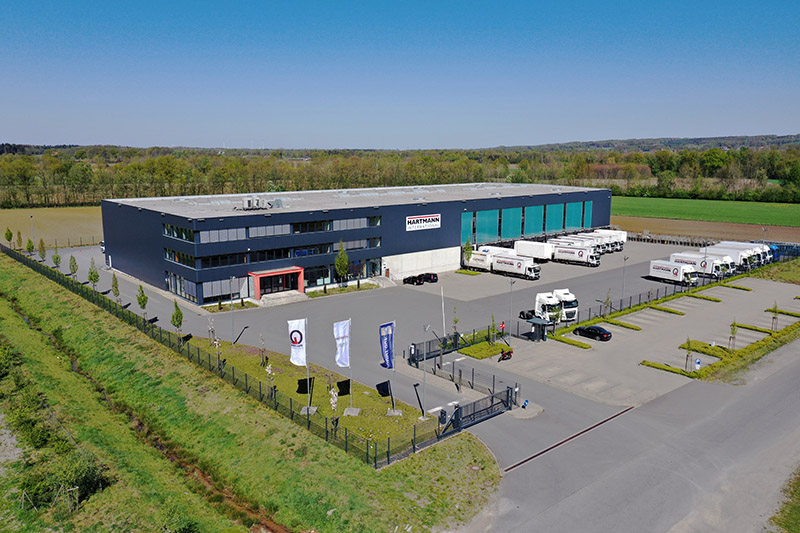
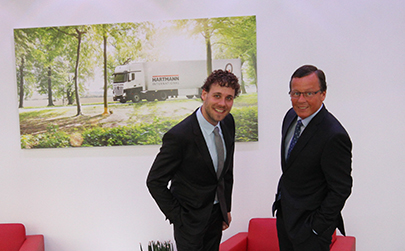
Expansion in Ibbenbüren
In 2010, the company ventured out of Paderborn. Andreas Hartmann took over a freight forwarding company in Ibbenbüren in order to make the Hartmann name known in the region around Osnabrück. Four years later, the site expanded with the construction of the new freight forwarding and logistics terminal in Ibbenbüren-Schierloh in the familiar Hartmann building design. Managing Director Christian Feld was always there.
Since then, Hartmann International Systemlogistik has been operating in Ibbenbüren with around 70 employees on an area of 18,000 square meters with direct access to the A30.
2013
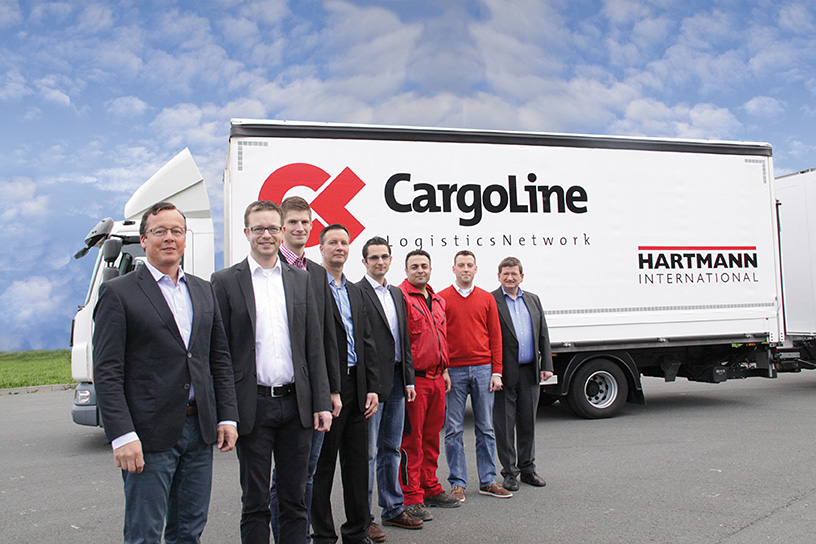
Hartmann International becomes a shareholder in CargoLine
In 2014, Hartmann International's Paderborn site joined the CargoLine cooperation network. It not only became a partner company, but also a shareholder of CargoLine with effect from January 1, 2015.
One important reason for the change is the strong expansion of the freight forwarding company. “The economic success of recent years requires a realignment that takes account of the strong volume growth,” explains Andreas Hartmann in 2015.
The change also comes at an ideal time for CargoLine. With the new member Hartmann International, the logistics network is strengthening the East Westphalia location in the long term.
2017
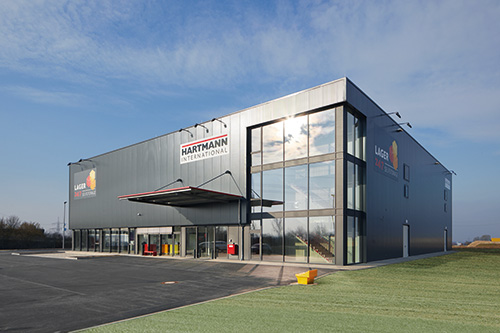
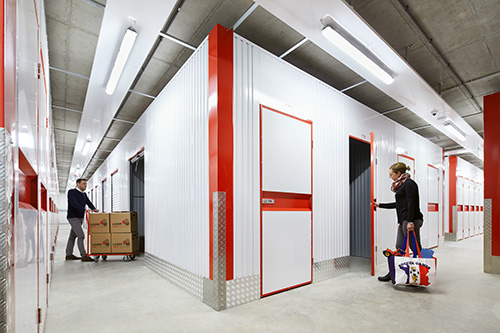
Lager 24/7 Selfstorage
In 2017, Lager24/7 is built, a self-storage facility with 562 storage boxes, which offers private and commercial customers the opportunity to store goods and personal belongings. Lager24/7 offers storage spaces from one to 20 square meters, a 24/7 access system and is under video surveillance around the clock.
2018
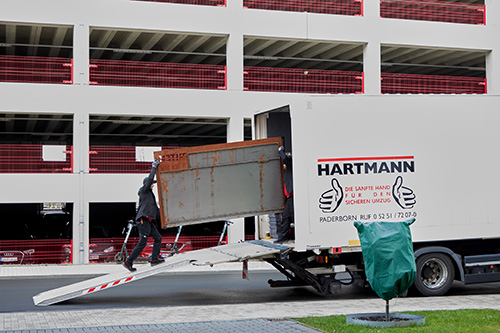
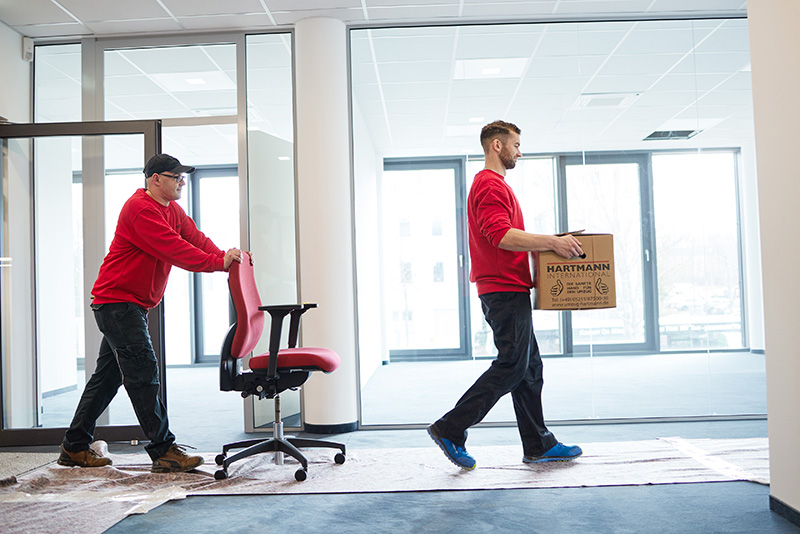
Moving division operates independently
Since 2018, the international private and corporate removals division has been operating independently under the name Hartmann International Umzug & Projektlogistik GmbH & Co. KG.
2023
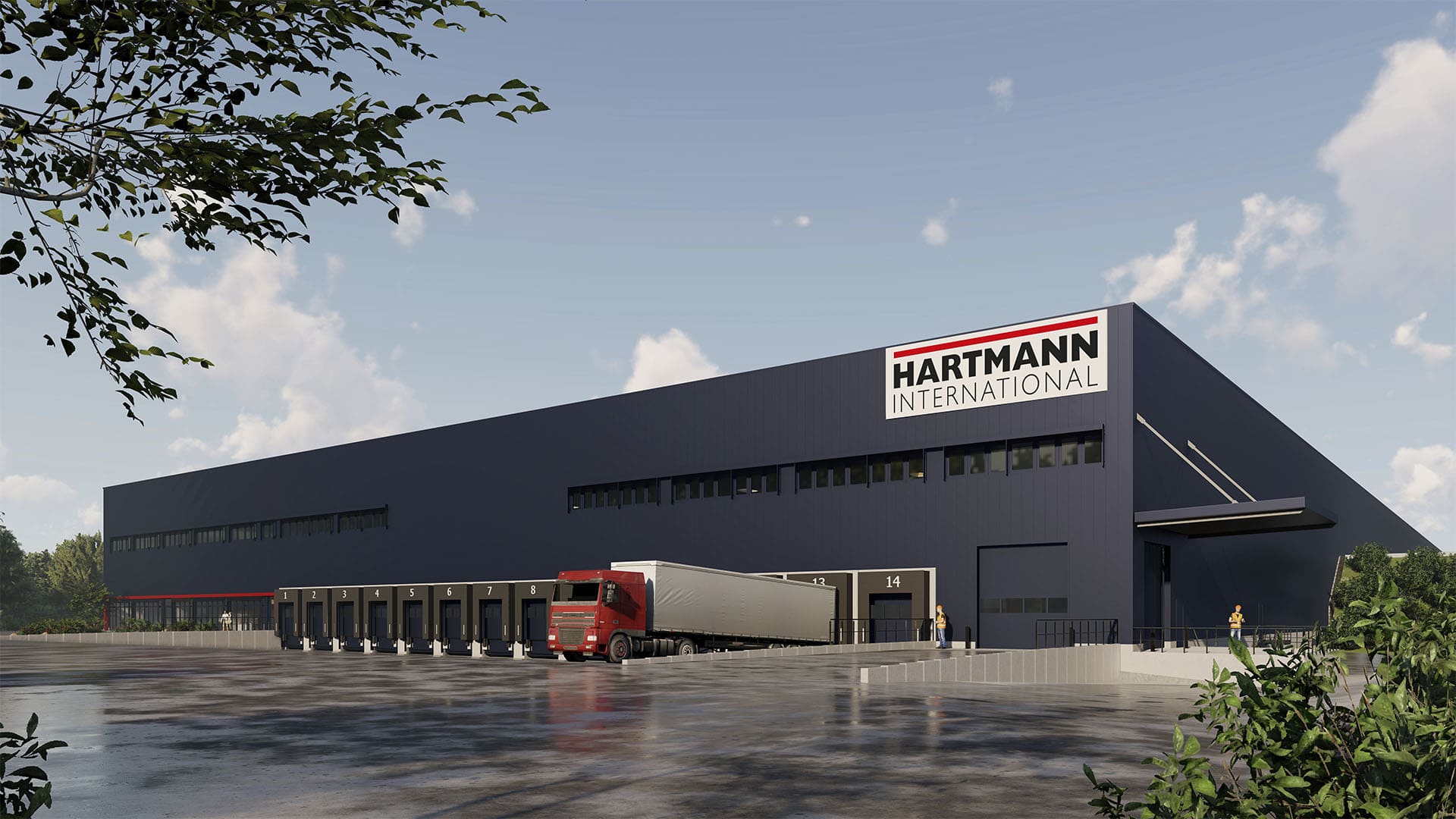
Smart expansion of our logistics park in Paderborn Mönkeloh
Following the completion of the expansion of Terminal 2 in summer 2022, construction of the innovative logistics property, Terminal 3, in Pamplonastrasse began shortly afterwards. This modern terminal will also include a hazardous materials warehouse and is connected to Terminal 2 via a direct tunnel link.
The terminal is expected to be completed in spring 2024.